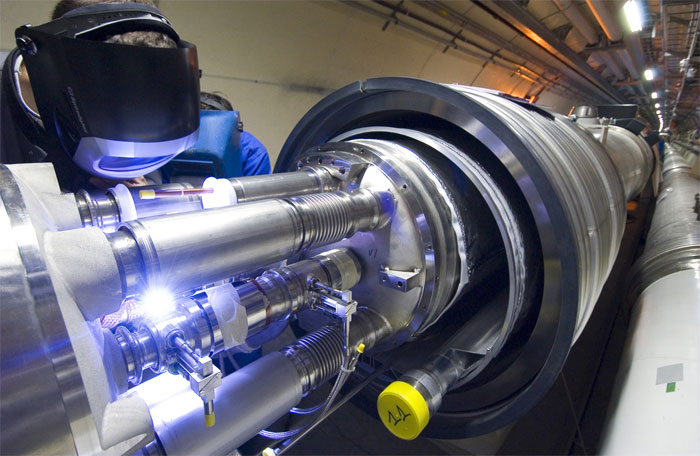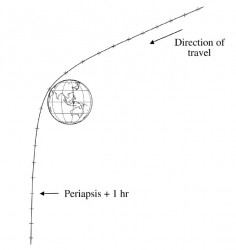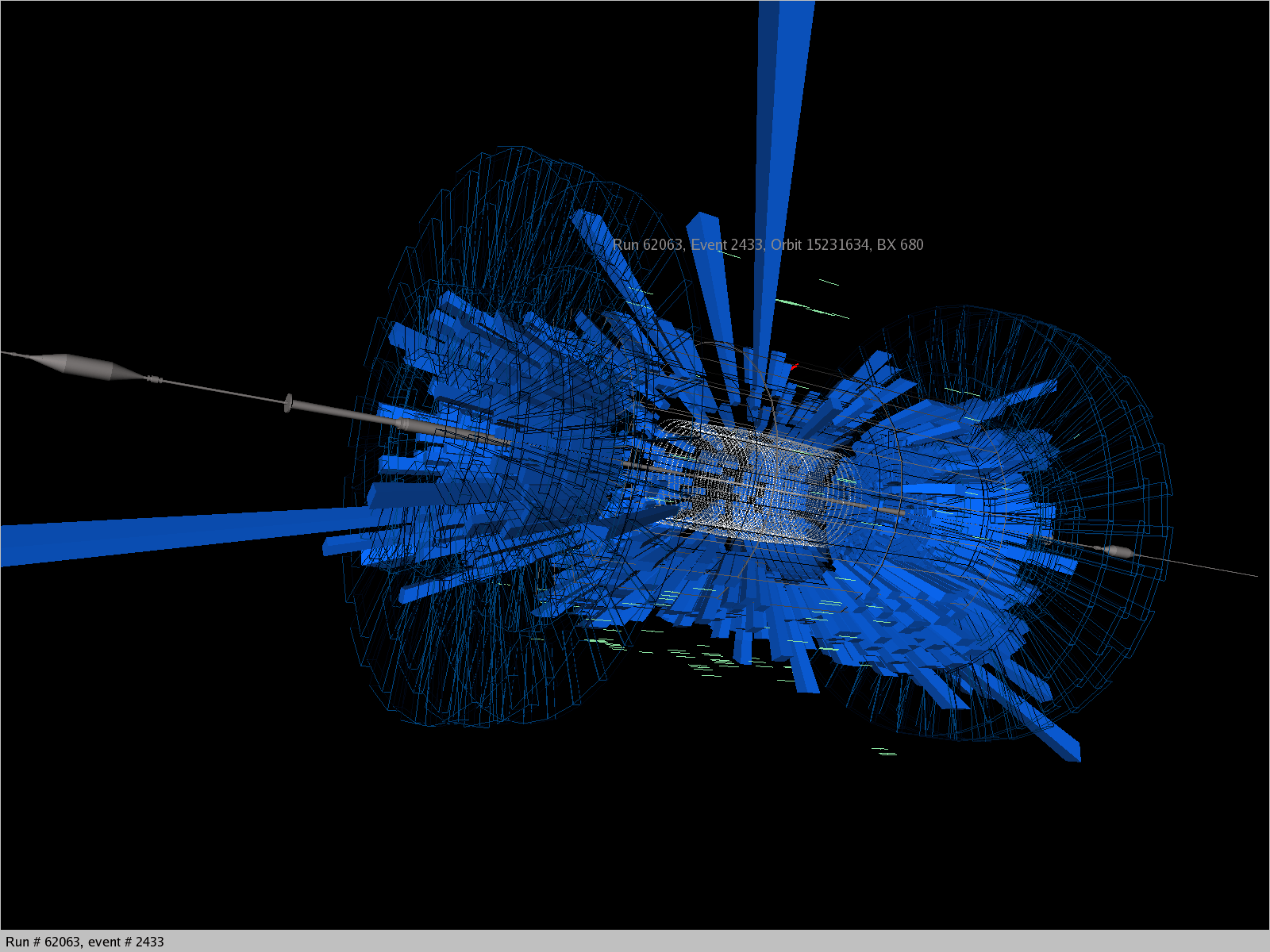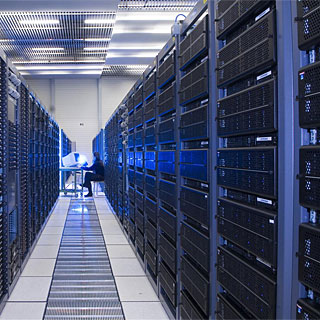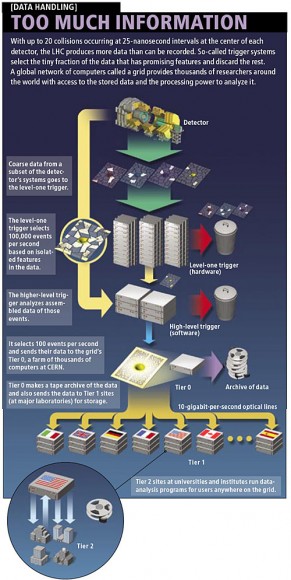[/caption]First there was a glitch with one of the huge 30-tonne transformers causing a delay of a few days, then a quench leaked a tonne of helium coolant into one of the tunnels, forcing a two-month shutdown while repairs could be made.
Brace yourselves for some more bad news.
In a statement released by CERN today, due to an obligatory maintenance period, the LHC will have to remain off-line until late March or early April 2009. Problems with an experiment as huge as the worlds biggest particle accelerator can be expected, but this will be a costly delay and a psychological setback after the initial excitement of the first particle circulation on October 10th. The elusive Higgs Boson will have to wait a few more months…
I had a nagging feeling over the weekend after writing about the LHC quench and the two month delay in operations – what if the delay is longer than we think? The severe damage was caused by faulty wiring between two supercooled electromagnets when scientists carried out electrical tests at the facility Friday morning, resulting in a helium leak between sections 3-4 of the 27 km (17 mile) accelerator ring. Although no one was injured, the emergency services had to be called and the electromagnets heated up well beyond operational temperatures. Initial reports suggested experiments would be put back until the end of the year, but now it would seem the LHC won’t accelerate particles again until spring 2009.
“Coming immediately after the very successful start of LHC operation on 10 September, this is undoubtedly a psychological blow. Nevertheless, the success of the LHC’s first operation with beam is testimony to years of painstaking preparation and the skill of the teams involved in building and running CERN’s accelerator complex. I have no doubt that we will overcome this setback with the same degree of rigour and application.” – CERN Director General Robert Aymar.
This is indeed a severe blow to CERN and the scientists at the LHC, but the delay is necessary as the time required to warm up the accelerator, fix the problem and cool it down again will extend into CERN’s obligatory winter maintenance period. Therefore we won’t see any more accelerated protons until 2009.
Once again, in light of these setbacks, physicists are keeping positive and hoping for success in the near future. “The LHC is a very complex instrument, huge in scale and pushing technological limits in many areas,†said Peter Limon in the CERN press release, who was responsible for commissioning the Tevatron at Fermilab in the USA. “Events occur from time to time that temporarily stop operations, for shorter or longer periods, especially during the early phases.”
There have been delays in the commissioning of the LHC (after all, it was originally planned to be operational in the mid-2000s) and setbacks in the last few days, but after two decades of planning and construction, a few more months isn’t that long in the grand scheme of things…
Source: CERN press release

